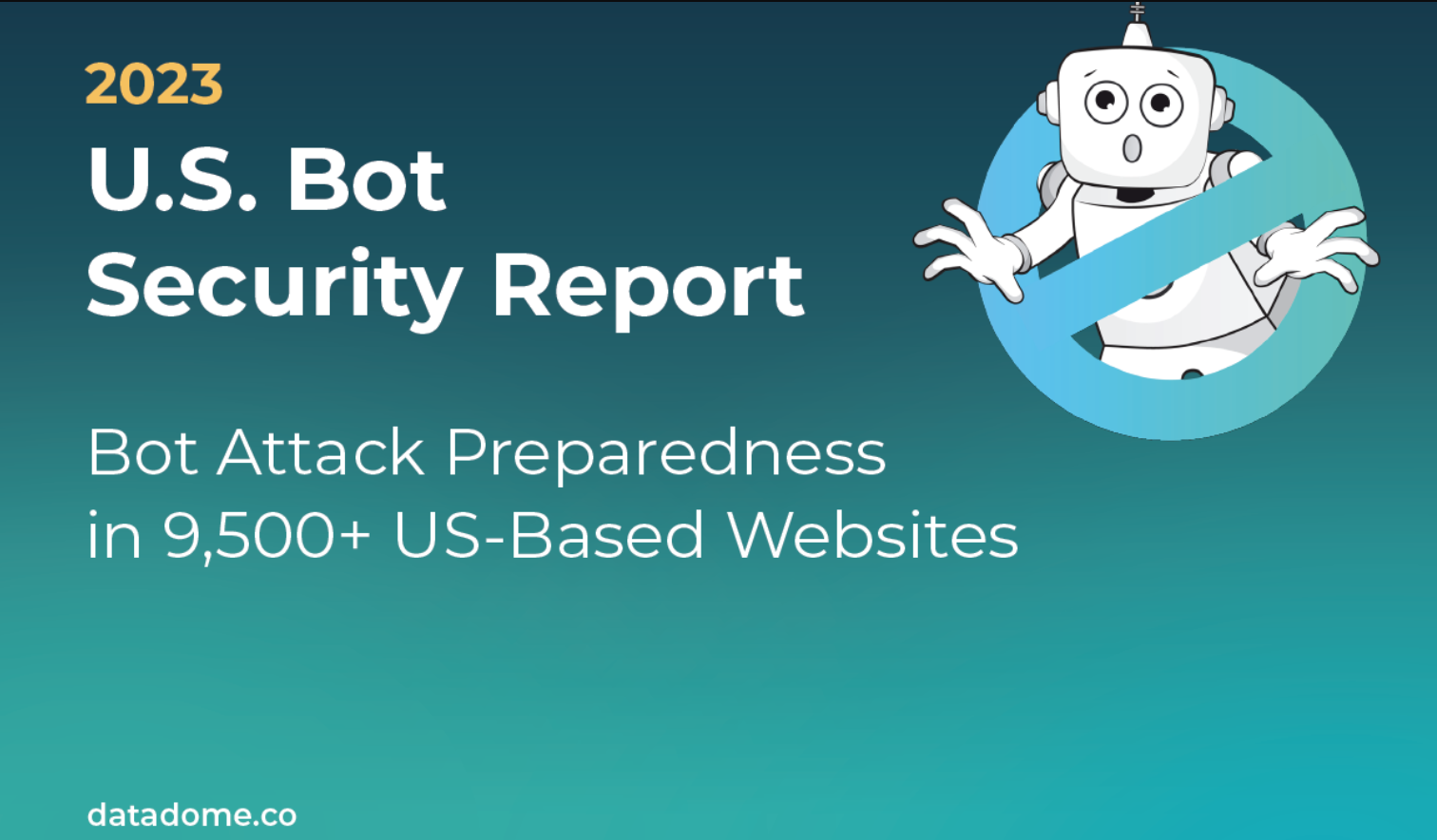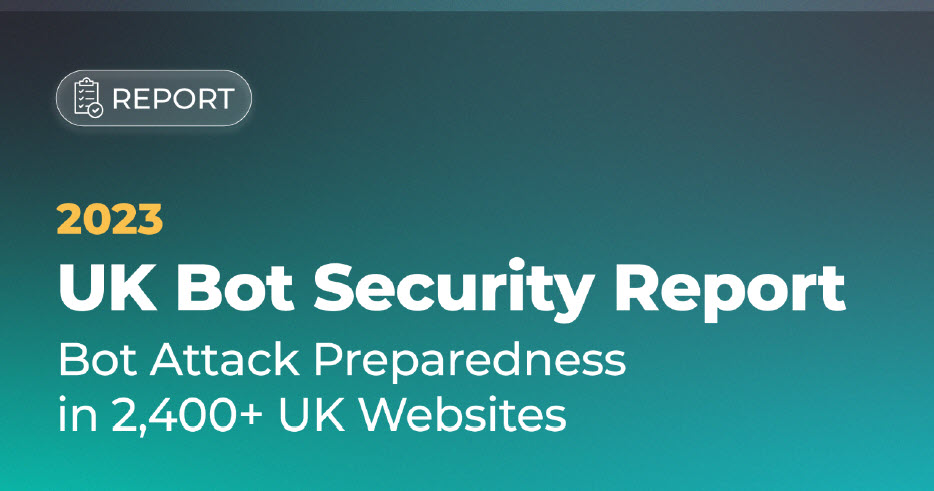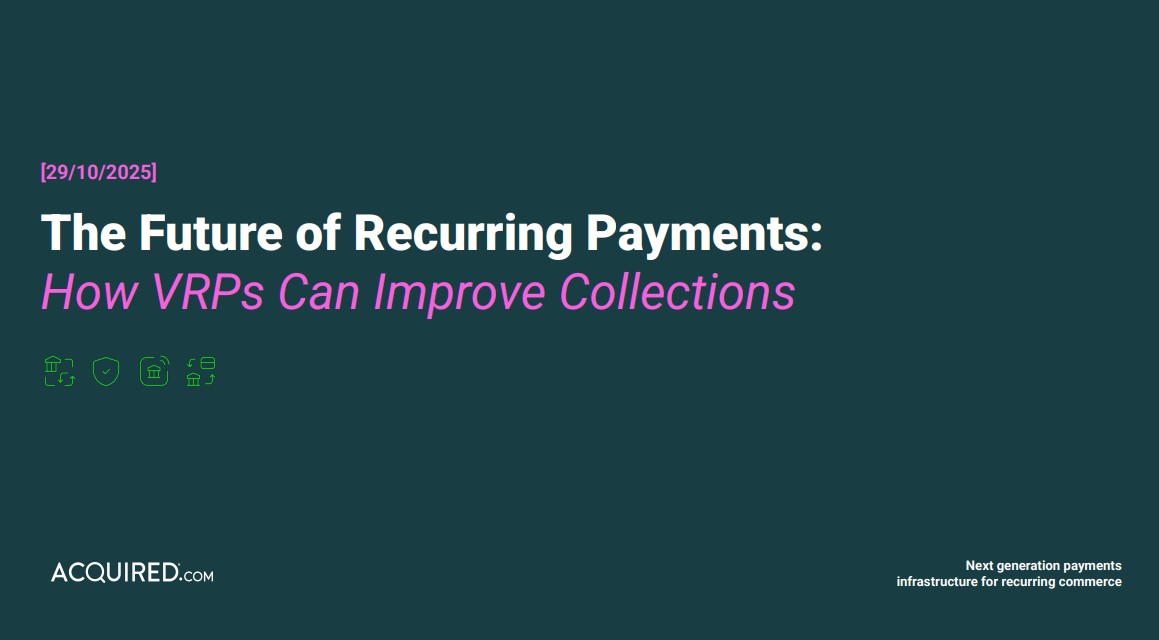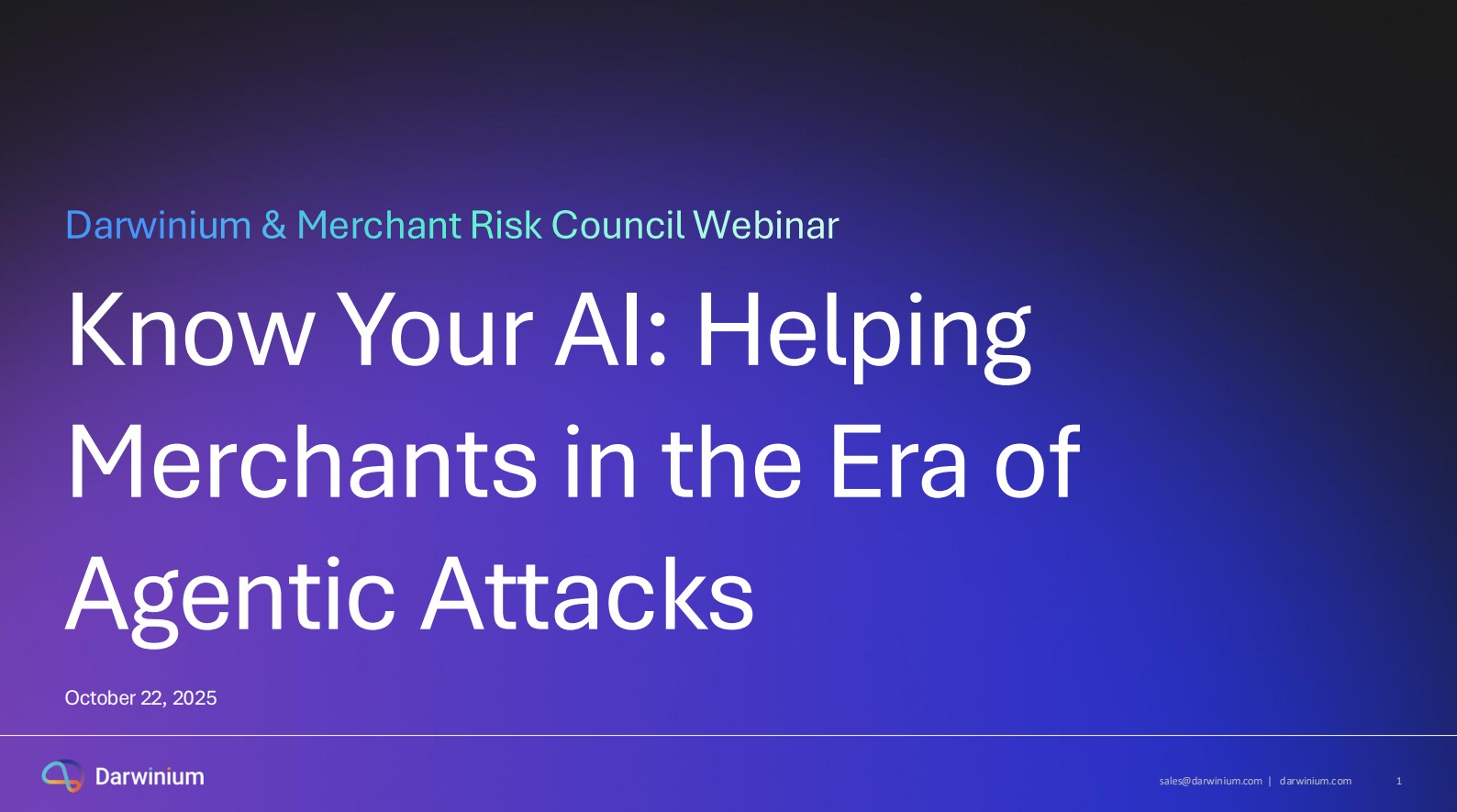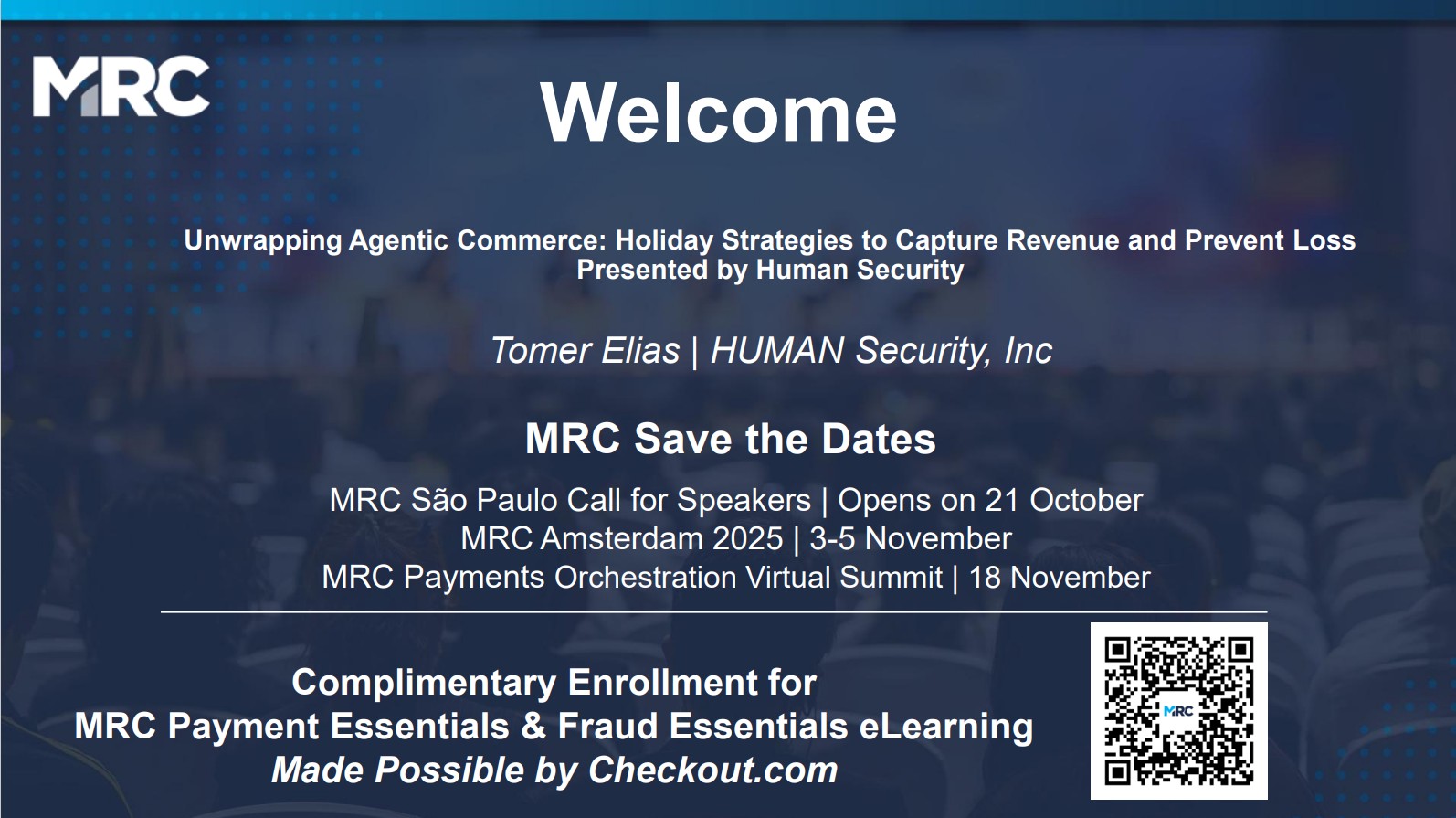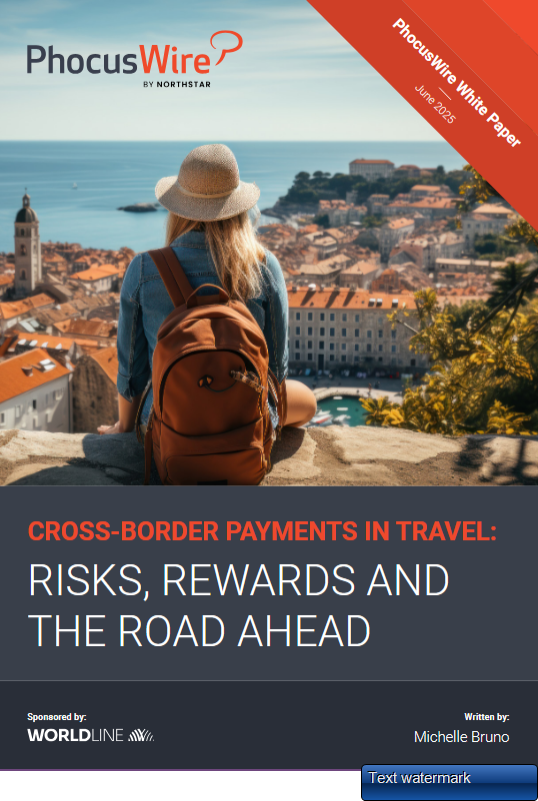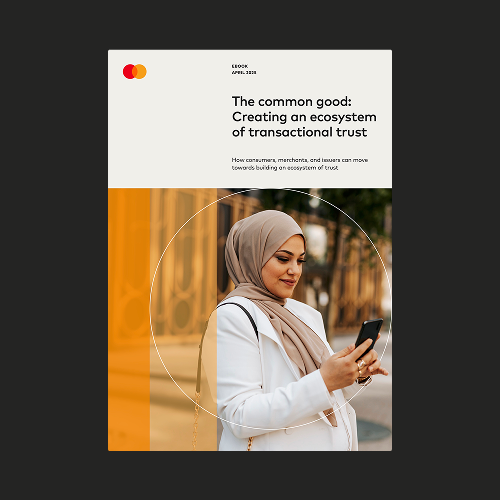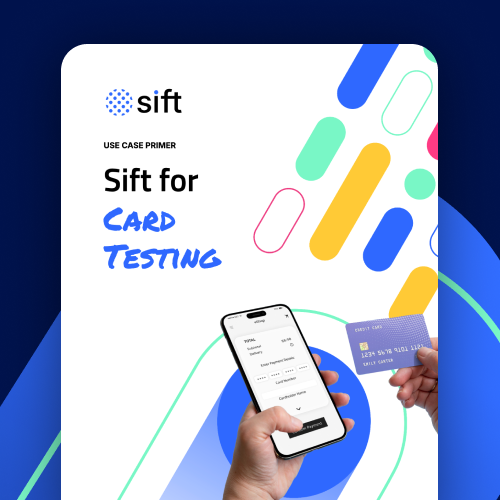eCommerce Fraud: How Fraudsters Use the Dark Web To ‘Warm Up the Shop’ and Fool Rules-Based Anti-Fraud Systems
With e-Commerce booming, merchants are increasingly turning to fraud intelligence companies to prevent fraudsters impacting their growth. While it’s true anti-fraud systems are becoming more sophisticated at detecting fraudsters - rules-based systems can be fooled. With all the tools and knowledge available on the dark web, even mid-level fraudsters can bypass security measures. All they need to do is mimic original account holders of stolen accounts and credit card details in a process called ‘warming up the shop’.
It all sounds too easy. And it can be. With stolen credit card details, e-Commerce accounts and the tools needed to attempt account takeovers (malware etc.) readily available for purchase on dark web marketplaces, half the work of the fraudster is already accomplished. Aside from patience, some additional tools to spoof digital fingerprints (unique identifiers of a user’s device setup, IP address, geo location etc.) and even legitimate browser cookie sessions are all available to buy online. One of the main tools used are anti-detect browsers, a fraudster tool resembling a regular internet browser, but packed with features to mask a user’s true identity and location, mimicking a regular user’s browsing session.
We aim to present to you how the process of ‘warming up the shop’ looks from start to finish, showing you some of the fraud tools available on the dark web to aid fraud attempts - you’ll be surprised how sleek and professional they appear, even giving legitimate companies' marketing campaigns a run for their money!
Imitation is never perfect. The perfect solution to prevent a successful ‘warm up’ attempt comes in the form of truly knowing your users (KYU) and understanding their interactions and behaviors. Advanced fraud solutions powered by machine learning models can effectively weed out fraudsters before they’ve had a chance to warm up. Join us to discover how.
Learning Objectives:
- To understand the long process of fraudsters ‘warming up the shop’ to bypass rules-based anti-fraud systems by acting as naturally as a regular customer as possible.
- Be aware of the tools and knowledge available on the dark web that allow fraudsters to fool rule-based fraud systems.
- How KYU Advanced fraud solutions powered by machine learning (ML) models can help you understand every user behavior and interaction - and prevent fraud from happening.
Some content is hidden, to be able to see it login here Login





